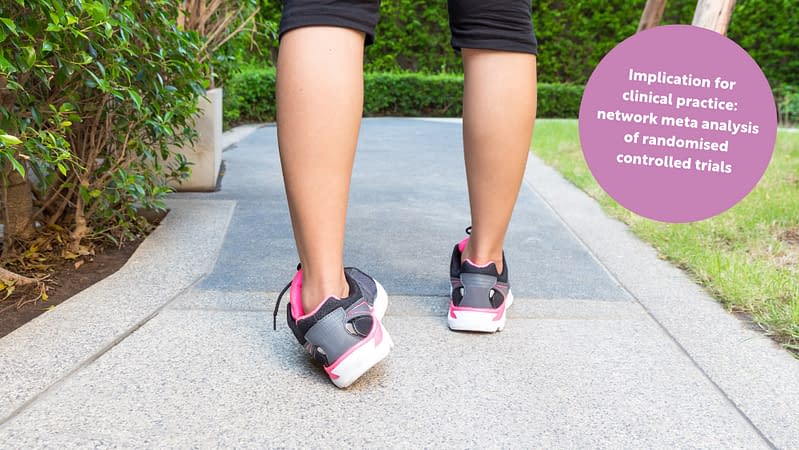Levels of fear and pain perception can help identify those young adults who are at high risk of developing persistent low back pain.
Context
Low back pain is one of the most common musculoskeletal conditions seen in primary care. However, there is little evidence to help clinicians identify which young adults with low back pain are at risk of persistent symptoms.
Methods
- To investigate relationships between symptoms of low back pain, physical activity, and psychosocial characteristics in young adults and identify sub-classes of young adults with specific pain trajectories.
- 120 young adults with low back pain (the average age of participants was 20 years old and there were 99 female participants) were included in this study. Participants completed a baseline survey that measured anxiety, depression, fear-avoidance, quality of life, history and the impact of their low back pain. Participants then completed follow-up surveys every 3 months for 1 year. Sub-classes based on pain trajectories over time were identified using latent class analysis and predictors of which classification participants were included from baseline were also assessed.
Results
- Young adults with low back pain at baseline had lower physical quality of life scores than people without low back pain.
- 25% of young adults with low back pain had persistent moderate/high intensity of pain over the 1 year follow-up period.
- 75% of participants had significantly improved pain over the 1-year study period.
- Higher levels of fear avoidance and pain interference at baseline were associated with greater odds of persistent moderate/high intensity of pain over the 1 year follow-up period.




